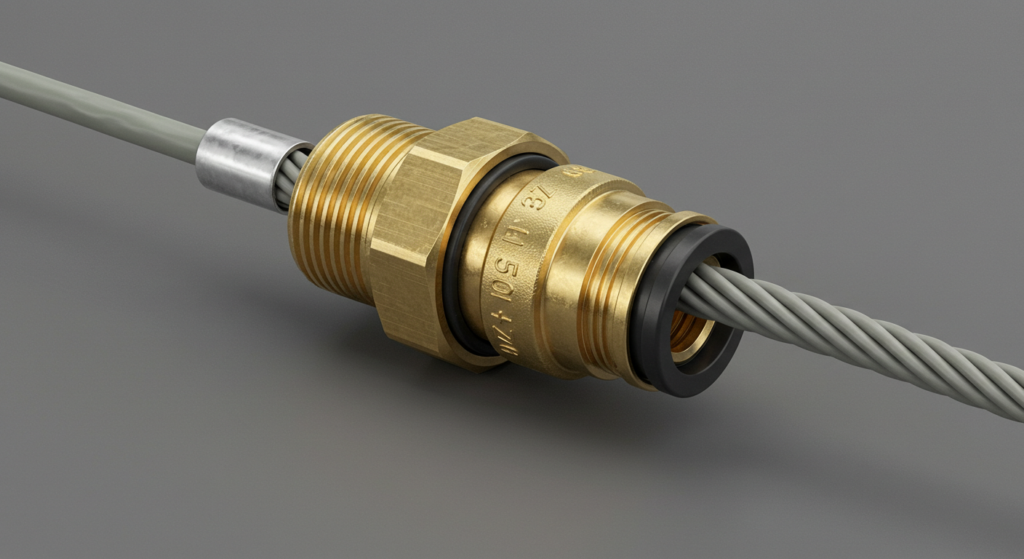Cable glands and cable lugs are two types of electrical accessories used to securely connect and terminate cables. While they serve similar purposes in providing reliable electrical connections, there are some key differences between these components.

What Is a Cable Lug
A cable lug, also known as a wire terminal, is a type of connector used to terminate the end of an electrical cable or wire. It provides a secure method of connecting a cable to a terminal, stud, or busbar. Cable lugs typically consist of a barrel-shaped body that is crimped or soldered onto the stripped end of the cable conductor.
The cable lug barrel is usually filled with the bare conductor strands of the cable. A crimping tool is then used to compress the barrel tightly around the conductor, creating a strong mechanical and electrical bond. This crimped connection ensures maximum contact and minimal resistance.
Soldered cable lugs are sometimes used for more permanent and corrosion-resistant connections. The barrel is filled with solder before inserting the stripped cable end and heating until the solder melts and flows around the conductor.
The hole or opening in the lug allows it to be bolted or fastened to a terminal point, like those on electrical equipment, panels, busbars, or grounding points. Cable lugs provide a more durable and stable connection compared to simply inserting a stripped wire under a terminal screw.
What Is a Cable Gland
A cable gland, on the other hand, is a type of cable termination used to securely and safely connect a cable or cord to an electrical enclosure, panel, machine, or bulkhead. It provides strain relief, sealing, earthing/grounding, and often additional protection for the cable at the entry point into equipment.
To install a cable gland, the cable is passed through the gland components, with the inner seal and clamp compressing around the outer insulation. The gland is then screwed into a threaded hole in the enclosure until the sealing ring compresses to form a tight seal. This supports the weight of the cable and prevents it from being pulled out.

